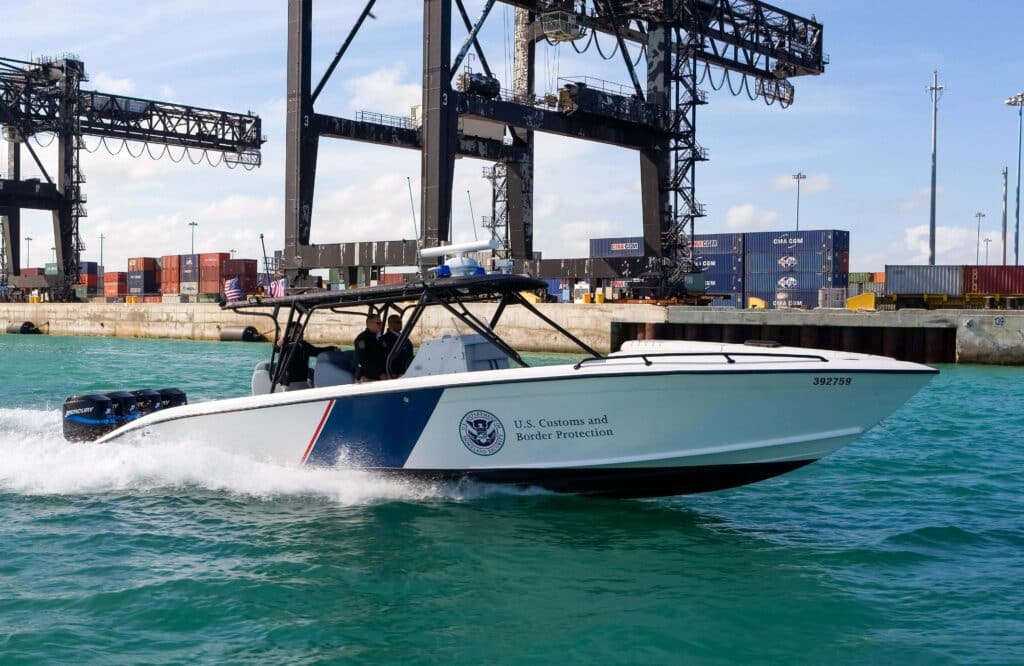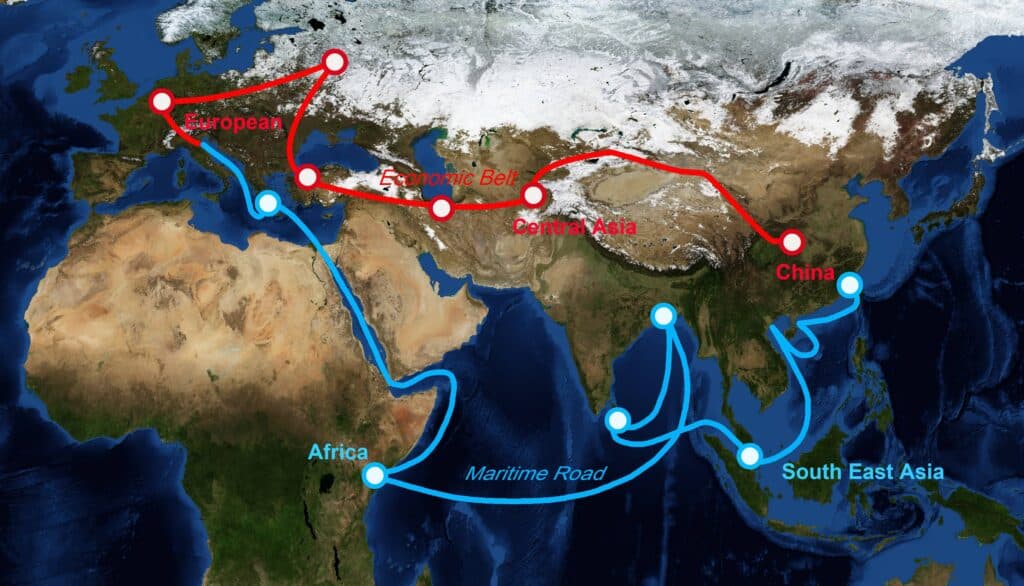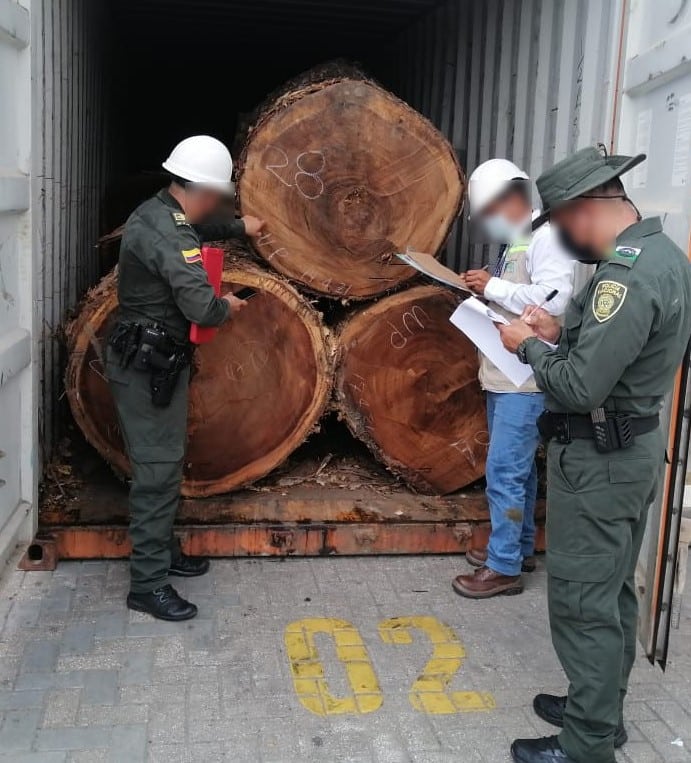Port Klang, the world’s 12th-largest port and second only to Singapore in Southeast Asia in terms of capacity, plans to increase its annual capacity from 14 million 20-foot (6 m) equivalent units (TEUs )—the standard measure for container volume—to 27 million TEUs. Operator Westports Holdings is investing US $8.34 billion in the project.
The port is Asia’s transhipment hub and a preferred point of entry to the Southeast Asian market. Strategically located along the Malacca Strait, it has significant advantages due to its proximity to the region’s main shipping route and its ability to accommodate large vessels in natural deep-water berths.
The port expansion will also pressure authorities such as the Malaysian Ministry of Plantation and Commodities and Ministry for Resources to widen their vigilance on illegal timber imports and ‘container switching’.
Last month, Wood Central reported that directors of a US furniture chain were sentenced to 57 months imprisonment for selling up to US $65 million of hardwood plywood manufactured in China using Russian timber, violating the Lacey Act and customs laws.

The plywood was first shipped from China to Malaysia, where the plywood was taken from the original containers and put into a second set of containers to conceal the Chinese origin of the product.
The expansion of Port Klang comes as companies rebuild their supply chains and diversify away from China to minimise risks arising from geopolitical tensions and ensure the upgrade has the capacity for that growth.
This realignment will focus on Southeast Asia to ensure the port upgrade has the capacity for that growth. Importantly, the region is one of Malaysia’s destinations for its ‘China-Plus-One’ strategy, which adds options outside China.
Known simply as Plus One or C+1, the strategy is to avoid investing only in China, diversify business into other countries, or channel investments into manufacturing in other promising developing economies such as India, Thailand, or Vietnam.

For the last 20 years, western companies have invested mainly in China, attracted by its low production costs and enormous domestic consumer markets.
Developed from the over-concentration of business interests in China, the strategy was developed for cost, safety, and long-term stability. It has been described as a ‘macro-level phenomenon’.
The whole expansion of Port Klang will take more than 40 years.
“The starting point is 2024,” Ruben Emir Gnanalingam, group managing director of Westports Holdings, told Japan-based Nikkei Asia.
Based at Port Klang, Westports manages port operations dealing with containers and conventional cargo.
The new port project southwest of Kuala Lumpur will include land reclamation along the coast to increase container terminal facilities from the current nine terminals to 17.

Reflecting Malaysia’s position as one of Asia’s manufacturing and commodity hubs, Port Klang handles products from timber and palm oil to petrochemicals and automobiles.
However, there is growing competition from neighbouring countries along the Malacca Strait, such as Singapore and Thailand. Singapore’s Tuas Port, which opened in 2022 and is set for completion in 2040, will have a capacity for 65 million containers annually.
Malaysia has been competing with Singapore and Thailand for more than 30 years. However, it has greater advantages – ports in Malaysia are more affordable in terms of the cost per container than some rivals.
Malaysia’s planned 665-km East Coast Rail Line, which will be completed at the end of 2026 and connect the port and the east coast of the Malay Peninsula, will make Port Klang one of the most important hubs in Malaysia with construction of the line now 64% complete






